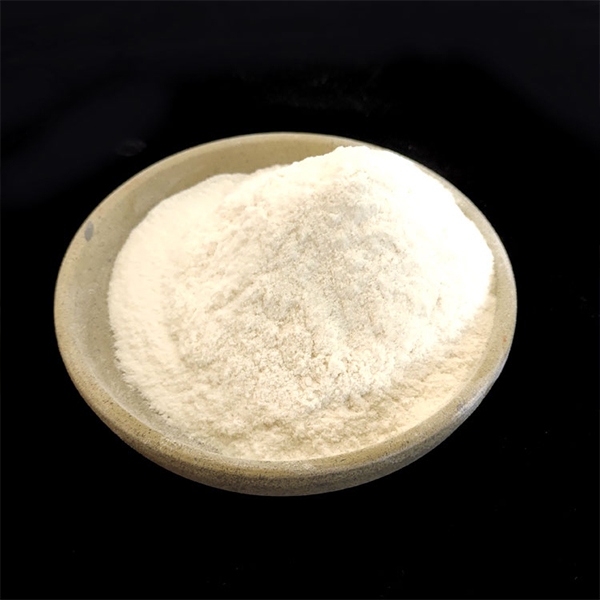Understanding Cement Chemistry A Key to Quality Construction
Cement is a fundamental material in the construction industry, serving as the binding agent in concrete and mortar. Its importance cannot be overemphasized, as it forms the backbone of infrastructure, buildings, and various construction projects. To appreciate how cement works and how its performance can be optimized, it is essential to understand its chemical composition and properties.
Cement primarily consists of various compounds formed during the production process. The main ingredient is clinker, which is produced by heating limestone (calcium carbonate) along with clay and other materials in a kiln at temperatures exceeding 1400°C. This process results in the formation of several compounds including tricalcium silicate (C3S), dicalcium silicate (C2S), tricalcium aluminate (C3A), and tetracalcium aluminoferrite (C4AF). Each of these compounds contributes differently to the overall properties of cement.
Tricalcium silicate (C3S) is responsible for the initial strength of cement and also influences the setting time. Upon hydration, it reacts with water to form calcium silicate hydrate (C-S-H) and calcium hydroxide. C-S-H is the primary product responsible for the strength and durability of concrete. Meanwhile, dicalcium silicate (C2S) contributes to strength development over time and helps improve long-term durability.
Understanding Cement Chemistry A Key to Quality Construction
Tetracalcium aluminoferrite (C4AF) plays a lesser role in strength but is significant in determining the color and thermal properties of cement. It contributes to the overall performance characteristics such as resistance to certain chemical attacks.
cement chemical

The chemistry of cement does not stop at its composition; the interaction with water during the hydration process is critical. When water is added, a series of chemical reactions occur, leading to the formation of hydrates that give cement its strength. Over time, as hydration continues, these products fill the voids within concrete, enhancing its compactness and durability.
Moreover, the incorporation of various admixtures can modify the properties of cement. Chemical admixtures such as superplasticizers, retarders, and accelerators allow for improved workability, extended or shortened setting times, and enhanced durability. They play a crucial role in achieving desired performance characteristics tailored to specific applications.
Environmental factors also influence cement chemistry. The chemical interaction of cement with environmental elements such as sulfates or chlorides can lead to deterioration over time. Understanding these interactions allows engineers to choose appropriate types of cement for specific conditions, such as sulfate-resistant cement for environments with high sulfate levels.
In recent years, the cement industry has also focused on sustainability, leading to the development of greener alternatives. Blended cements, such as those incorporating fly ash, slag, or other pozzolanic materials, not only improve performance but also reduce the carbon footprint associated with traditional cement production.
In conclusion, the chemistry of cement is complex yet crucial for ensuring the quality and longevity of construction projects. From understanding the role of various compounds in strength development to exploring additive technologies that enhance performance, a thorough grasp of cement chemistry enables engineers and architects to make informed decisions. As the industry continues to evolve, innovations in cement technology promise even greater advancements in construction efficiency and sustainability, shaping the future of the built environment.
-
Rdp Powder: Key Considerations for Wholesalers in the Building Materials IndustryNewsJul.08,2025
-
Key Considerations for Wholesalers: Navigating the World of Hpmc - Based ProductsNewsJul.08,2025
-
Hpmc Detergent: Key Considerations for WholesalersNewsJul.08,2025
-
Key Considerations for Wholesalers: China Hpmc For Tile Adhesive, Coating Additives, Concrete Additives, and MoreNewsJul.08,2025
-
Crucial Considerations for Wholesalers: Navigating the World of Construction MaterialsNewsJul.08,2025
-
Key Considerations for Wholesalers Sourcing Additive For Cement, Additive For Concrete, Additive For Putty from Additive Manufacturer Shijiazhuang Gaocheng District Yongfeng Cellulose Co., Ltd.NewsJul.08,2025




